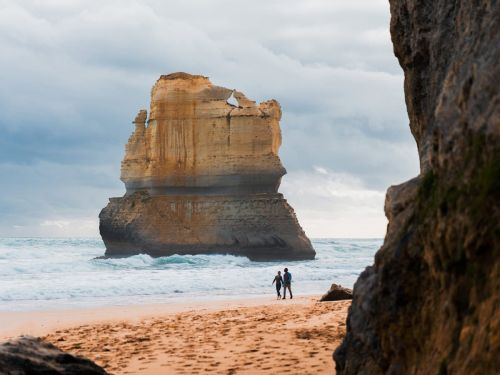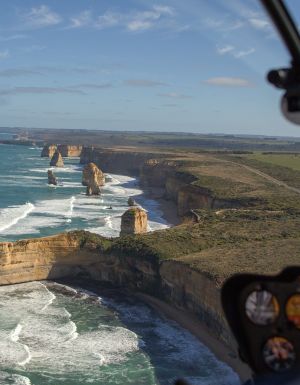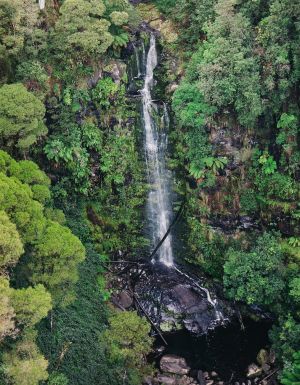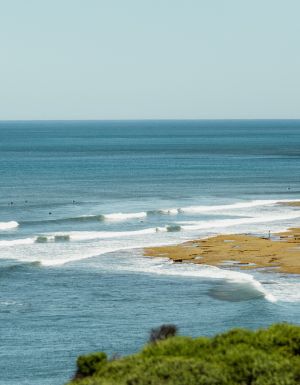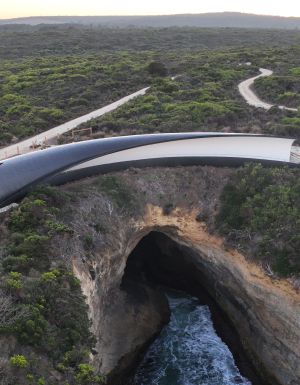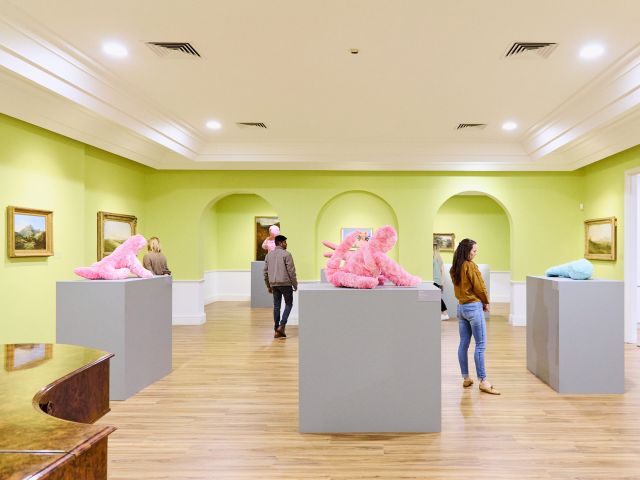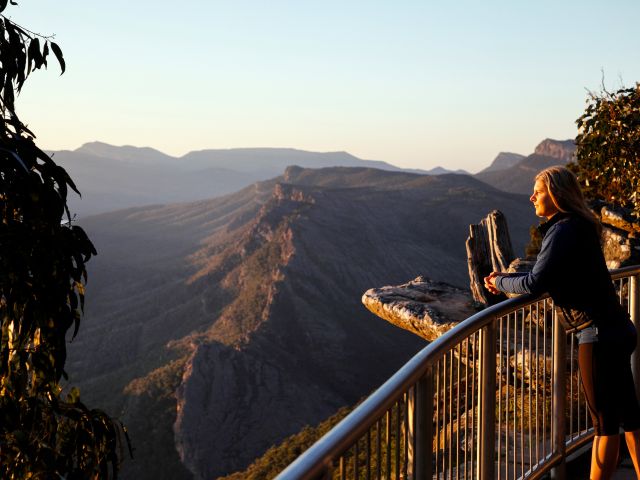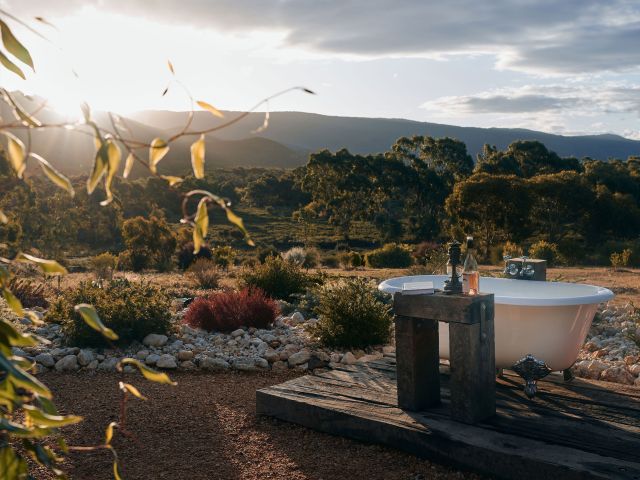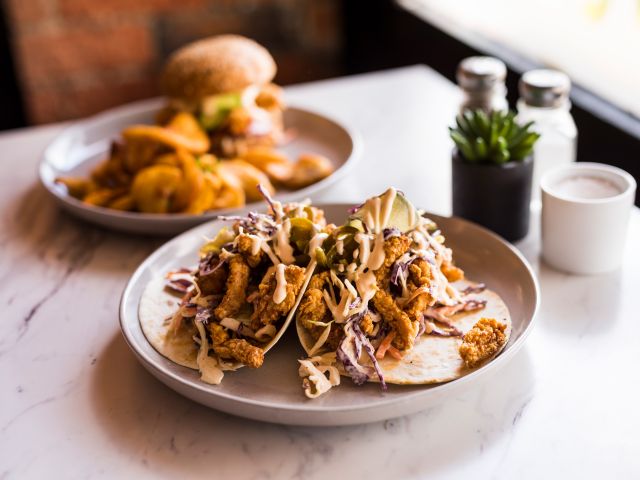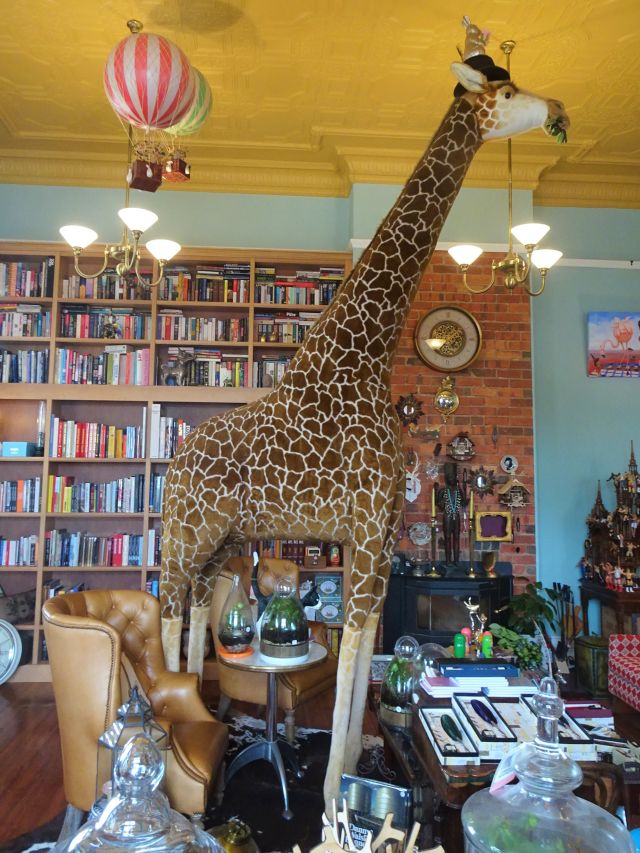Discover everything you need to know about the Twelve Apostles before your next trip on the Great Ocean Road.
A rare geological phenomenon that has inspired awe and wonder for generations, the Great Ocean Road’s Twelve Apostles are one of Australia’s most well-known and visited attractions.
A true highlight of a drive along the Great Ocean Road, seeing the monumental rock formations known as the Twelve Apostles is one of those travel ‘must-dos’ that you genuine must do. Standing on the windswept coast of Victoria to take in the extraordinary sight of these ancient landmarks that rise stoically out of the Southern Ocean is worth the 4.5-hour drive along the Great Ocean Road from Melbourne.
Whether you see them at sunrise, dusk or in the middle of the day, you’ll be glad you travelled to see what all the fuss is about. Read on to find out how to make it happen.
What are the Twelve Apostles
The Twelve Apostles are an offshore collection of limestone stacks along the Great Ocean Road. Estimated to be around 20 million years old, this sculpted coastline originated when billions of tiny marine skeletons accumulated on the ocean floor, gradually creating limestone formations. As the ocean retreated, the cliffs were exposed above the sea level.

The wild and wilful Southern Ocean gradually eroded the softer limestone, forming caves in the cliffs, which eventually became arches. When they collapsed, rock islands up to 65 metres high were left isolated from the shore. This process also created a host of other natural features including Pudding Basin Rock, Elephant Rock, Mutton Bird Island, Thunder Cave, Bakers Oven, London Bridge and the Grotto.

Where are the Twelve Apostles
Located on Australia’s southern coastline in the Port Campbell National Park, Victoria, the Twelve Apostles are a popular stop on the iconic Great Ocean Road drive. Just 10 minutes from the town of Port Campbell, if you are driving you will need to park at the dedicated Twelve Apostles carpark and walk to the lookout by following the signs along the path.

This is a somewhat isolated location, so come prepared with everything you need. However, there is toilet access and a kiosk here open 7 days a week during the day, offering hot and cold drinks and souvenirs to take home. Otherwise, bring your own snacks or stop in Port Campbell for lunch.

History of the Twelve Apostles
Until the 1960s the formations were called the Sow and Pigs – Mutton Bird Island being the sow and the stacks the piglets. Then, in a flash of marketing brilliance, they were renamed the Apostles. By some divine intervention, the name soon evolved into the Twelve Apostles – even though you could only see nine at the time.

But how many you can count depends on where you stand and what you include. There are actually as many as 30 stacks stretched along the coast, but not all are visible from the viewing areas. It’s a work in progress.

In 2005, one of the Apostles had its last supper. Onlookers reported that the stack shuddered, fractured and then slid into the ocean. The Twelfth Apostle (known as Judas) went from a magnificent 50-metre stack to a pile of rubble in seconds. Then in 2009, another rock came crumbling down. Although not as dramatic an exit as the Judas, this small formation eroded due to weather conditions. Located out the back near Razorback Lookout, this was the most recent Apostle to have fallen.

Getting to the Twelve Apostles
If you’re located in Geelong, lucky you! You’ve only got a 2-hour road trip ahead. Travelling from Melbourne? You’ve got a 3-hour drive inland to reach the rocks. If you’re willing to tack on another hour to the journey, take the Great Ocean Road for some spectacular scenic views.

A 10-minute drive from Port Campbell, you will need to park at the dedicated Twelve Apostles carpark and walk to one of the lookouts which can be accessed via a signed pathway. If you’re using a pram or wheelchair follow the signs to access the lower viewing platform.

Depending on where you’re located, day tour packages to the Twelve Apostles are a great option if you don’t drive or just prefer sitting back and relaxing instead of downloading directions.

Sightseeing Tours Australia offers a day trip to the Great Ocean Road and the Twelve Apostles. With CBD and St Kilda pick-ups, this bus will take you along the breathtaking coastline, stopping at popular beaches, seaside towns, the Otway Rainforest (with the tallest eucalyptus trees in Australia) and of course, the Twelve Apostles before you are whisked back to Melbourne. It’s a big day filled with blockbuster sights – a great option if you’re short on time or prefer not to drive.

Other ways to experience the Twelve Apostles
If you’re up for an adventure, there are also guided walking tours that head out to the landmark. Book in with the Aus Walking Co. and you’ll get to enjoy a 4-day, immersive walks along the coast, bedding down in a private eco-lodge each night. If you feel comfortable walking up to 7 hours in a day, then you won’t want to do this trip any other way.

Prefer to walk and camp without a guide? Great Ocean Road Shuttles offers camping assistance (food and water drops, luggage transfers), camping gear hire and a shuttle service to support your journey.

If you want to make the most of this experience and don’t mind splashing a bit of cash, then book yourself in for a scenic flight with 12 Apostles Helicopters to take in the famous landmark from above.

In just 15 minutes of flight time you’ll be able to see the Twelve Apostles, Loch Ard Gorge, The Sentinel, The Arch and London Bridge from a point of view you’ll never forget.

Discover our guide to the Great Ocean Road.


